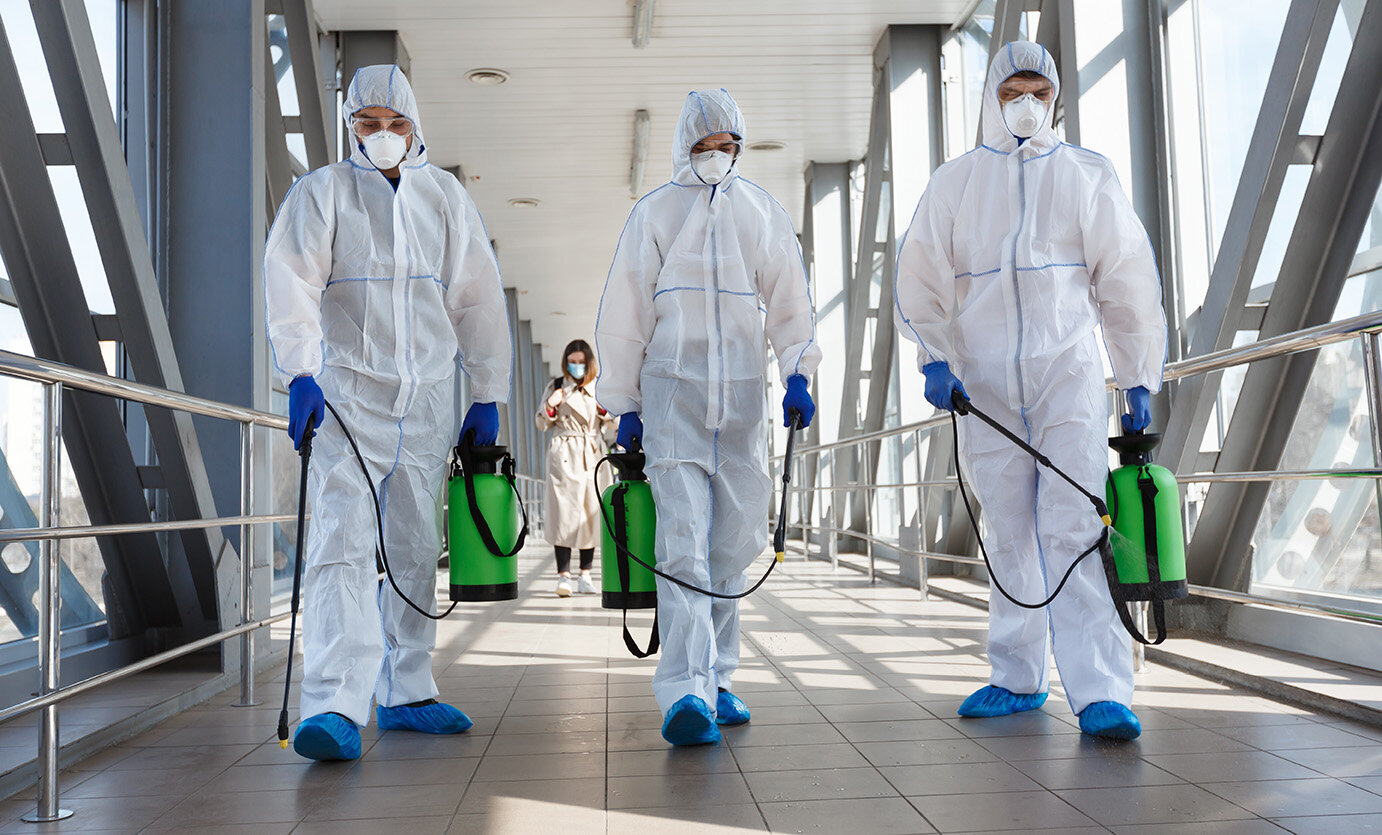Sanitation and disinfection services play a crucial role in safeguarding public health by preventing the spread of infectious diseases and maintaining hygienic environments. From hospitals and schools to restaurants and homes, these services are essential for ensuring cleanliness and minimizing health risks associated with harmful pathogens. This article explores the significance of sanitation and disinfection services, their impact on public health, and the strategies involved in maintaining effective hygiene standards.
Understanding Sanitation and Disinfection
Sanitation refers to the process of promoting cleanliness and preventing the spread of pathogens through various methods such as cleaning, waste disposal, and personal hygiene practices. On the other hand, disinfection involves the use of chemicals or physical agents to eliminate pathogens on surfaces, thereby reducing the risk of infection transmission. Both sanitation and disinfection are integral components of public health strategies aimed at controlling infectious diseases.
Preventing Disease Transmission
One of the primary reasons sanitation and disinfection services are essential in public health is their role in preventing the transmission of infectious diseases. Pathogens such as bacteria, viruses, and fungi can survive on surfaces for extended periods, making regular cleaning and disinfection critical to breaking the chain of infection. For instance, in healthcare settings, thorough disinfection of medical equipment, surfaces, and patient rooms is crucial for preventing healthcare-associated infections (HAIs) and protecting vulnerable patients.
In community settings, proper sanitation practices in public restrooms, kitchens, and shared spaces help reduce the spread of common illnesses like the flu, gastroenteritis, and respiratory infections. Schools benefit from sanitation and disinfection protocols that minimize absenteeism among students and staff due to contagious diseases. Moreover, in households, regular cleaning and disinfection of commonly touched surfaces like doorknobs, countertops, and bathroom fixtures contribute to a healthier living environment for families.
Maintaining Hygienic Environments
Sanitation and disinfection services contribute significantly to maintaining hygienic environments in various settings. Cleanliness not only enhances the aesthetic appeal of spaces but also promotes overall well-being. In businesses such as restaurants and hotels, maintaining high standards of hygiene is not only a legal requirement but also essential for customer satisfaction and reputation management. Failure to uphold cleanliness can result in health code violations, outbreaks of foodborne illnesses, and damage to business credibility.
In industrial and manufacturing facilities, sanitation practices are crucial for preventing cross-contamination and ensuring product safety. Proper cleaning and disinfection protocols are essential in agricultural settings to prevent the spread of diseases among livestock and safeguard food production. Additionally, in disaster and emergency situations, sanitation services are vital for preventing the outbreak of diseases in overcrowded temporary shelters and refugee camps.
Public Health Preparedness
Sanitation and disinfection services are integral to public health preparedness and response efforts during outbreaks of infectious diseases or pandemics. Effective sanitation measures help contain the spread of pathogens and reduce the burden on healthcare systems. During the COVID-19 pandemic, for example, rigorous cleaning and disinfection protocols were implemented in healthcare facilities, public spaces, and transportation systems to mitigate transmission risks and protect vulnerable populations.
Furthermore, sanitation and disinfection services play a critical role in preventing antimicrobial resistance (AMR) by reducing the prevalence of pathogens in the environment. AMR occurs when microorganisms develop resistance to antimicrobial drugs, making infections harder to treat and posing a global health threat. By maintaining clean and disinfected environments, we can limit the spread of resistant pathogens and preserve the effectiveness of antibiotics and other antimicrobial treatments.
Effective Strategies for Sanitation and Disinfection
Implementing effective sanitation and disinfection strategies requires a combination of proper techniques, suitable products, and adherence to established protocols. Some key strategies include:
- Identifying High-Risk Areas: Determine areas with high levels of human traffic or where contamination is more likely to occur.
- Choosing Appropriate Products: Select disinfectants and cleaning agents that are effective against targeted pathogens and safe for the intended surfaces.
- Establishing Cleaning Schedules: Implement regular cleaning schedules tailored to the specific needs of different environments, considering factors such as occupancy levels and risk factors.
- Training and Education: Provide training for cleaning staff on proper cleaning techniques, the correct use of disinfectants, and the importance of personal protective equipment (PPE).
- Monitoring and Evaluation: Conduct regular inspections and audits to assess the effectiveness of sanitation and disinfection practices and make necessary adjustments.
- Adapting to Emerging Threats: Stay informed about new pathogens and evolving cleaning technologies to enhance preparedness and response capabilities.
Conclusion
In conclusion, sanitation and disinfection services are indispensable for maintaining public health and preventing the spread of infectious diseases. Whether in healthcare facilities, schools, workplaces, or homes, these services contribute to creating safer environments and reducing the risk of illness transmission. By prioritizing cleanliness, implementing effective strategies, and fostering a culture of hygiene, communities can mitigate health risks and promote overall well-being. As we continue to face new challenges and infectious threats, investing in robust sanitation and disinfection practices remains essential for safeguarding public health now and in the future.

